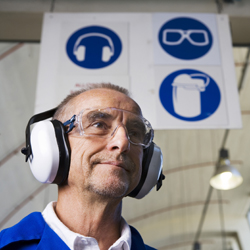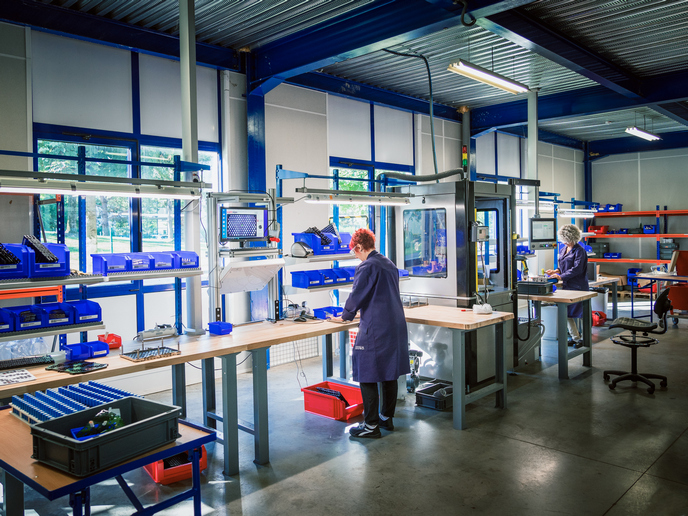'Piezo-pair' ear-protective devices
The EU-funded 'Piezo pair materials for the selective exclusion of workplace noise' (www.piezoselex.eu (PIEZOSELEX)) project aim to devise low-cost in-ear protection devices using piezo materials. The device specifications will take into account all factors such as selective hearing capability for speech and alarms, user comfort and safety. PIEZOSELEX consortium members are organisations with expertise in fields such as piezo material manufacture and medical device development and as well asfrom the hearing loss industry. They have come up with the innovative idea of using piezo pairs to self-power the device and filter noise above 75 decibel amplitude. Combining two piezo materials in a pair will obviate the need for an external power source as well as sound filters. This is because one material will act as a receiver and harvest energy at the speech and warning signal frequencies. The other will use the energy harvested by the receiver to generate a signal that will allow the wearer to hear incoming speech and warning signals. Within the first nine months of the project, scientists completed a review of existing ear defender technologies and generated a comprehensive computerised ear model. PIEZOSELEX also focused efforts on device specifications by taking into account energy requirements, harvestable energy power in various environments and characteristics of piezoelectric materials. Various device solutions were modelled in detail to optimise design specifications for prototype systems and a system was developed for their testing. In parallel, scientists worked on testing different piezo materials to characterise properties and behaviour. To assess device ergonomics and requirements, PIEZOSELEX designed and completed up to 200 questionnaires along with four focus groups consisting of European workers. Scientists obtained data about ear dimensions for about 200 workers in Europe that will aid in designing the proof-of-concept for the in-ear device prototype. The annual losses from NIHL to businesses in the manufacturing and transport sectors are about EUR 345 million and about 572 000 people suffer from occupational hearing loss. Successful project outcomes will result in the development of low-cost hearing protection technology that will encourage worker compliance, productivity and safety in the workplace.







